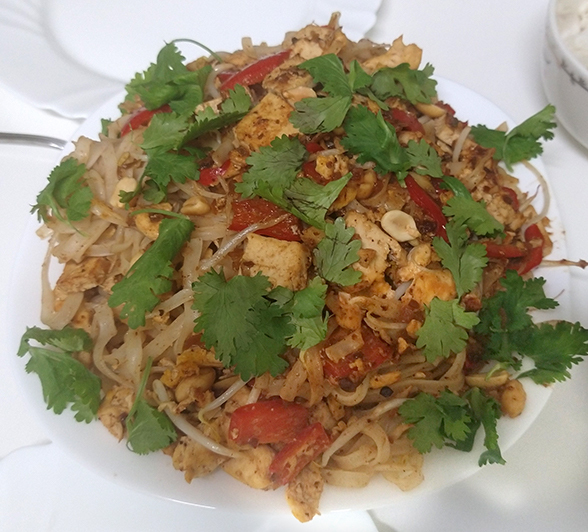Digital Technologies as External Enablers of New Venture Creation in the IT Hardware Sector – expounds how digital technologies can vary across two properties specificity (how easy to adapt to different applications) and relationality (how interdependent its users are). From this, they explore six mechanisms by which digital technologies enable the development of hardware ventures:
- Compression – Reduces time to perform an action
- Conservation – Reduces resources needed to perform an action
- Expansion – Increases the availability of a resource
- Substitution – Replaces one resource with another
- Combination – Bundles different resources to create new artifacts
- Generation – Creates new artifactsby changing existing ones
Interoperability in the era of digital innovation: An information systems
research agenda – most of the smart products we have now rely on the ability to receive and send data with other devices. However, if these systems cannot interact seamlessly with one another, or, in other words, not interoperable, then, various innovation challenges arise.
Accomplishing the layered modular architecture in digital innovation: The case of the car’s driver information module – layered modular architecture refers to an architecture where the physical components have hierarchical modularity (interdependent components are clustered together for coordination) while the digital components follow layered modularity (core components are at the bottom of the stack, with the optional ones built on top). The question however is how you organize an organization to coordinate such complex product development. The authors suggest the following mechanisms: uncoupling the digital control system from the physical product hierarchy, layering the digital control system and continuously connecting the two architectures
Theorizing the Digital Object – puts forward a theory of digital objects built by distinguishing between material and nonmaterial bearers. Not very used to these kinds of very philosophical/abstract papers, but it helped me understand better what makes digital technologies unique. According to this, its their feature of “repeated layering of nonmaterial objects, facilitated by the capacity of bitstrings to act as bearers.” To illustrate, a hard drive (material bearer) can hold a zip encoding (non-material bearer) of a docx encoding (another non-material-bearer) of a news article (nonmaterial object).
Digital reframing: The design thinking of redesigning traditional products into innovative digital products – explores how a traditional movie theater was redesigned using digital technologies for immersive 3D experiences. The role of the digital evolved from being a context, to being a component to being the offering.
Digital First: The Ontological Reversal and New Challenges for Information Systems Research – previously, the view is that the digital world is shaped by human experiences in the physical world. However, this is now an obsolete view. Referred to by the authors as ontological reversal, they emphasize that now, the digital world is the one shaping our reality. Examples include 3D printing a design first conceptualized on a computer and Google maps creating a navigation plan that then gets realized in the real world.
From Representation to Mediation: A New Agenda for Conceptual Modeling Research in a Digital World – with the digital further entangled with the physical, we need new tools to make sense of this. This is where conceptual models can play a bigger role:
- Represent physical reality in digital reality (e.g. databases containing data about product stock)
- Execute digital reality within physical reality (e.g. 3D printing)
- Translate between digital realities (e.g. smart contracts)
- Change physical reality (e.g. health intervention apps)



























